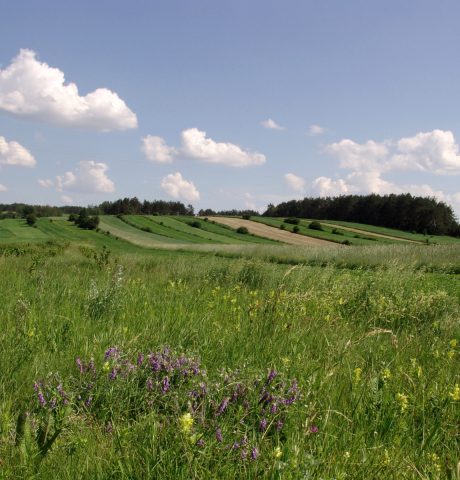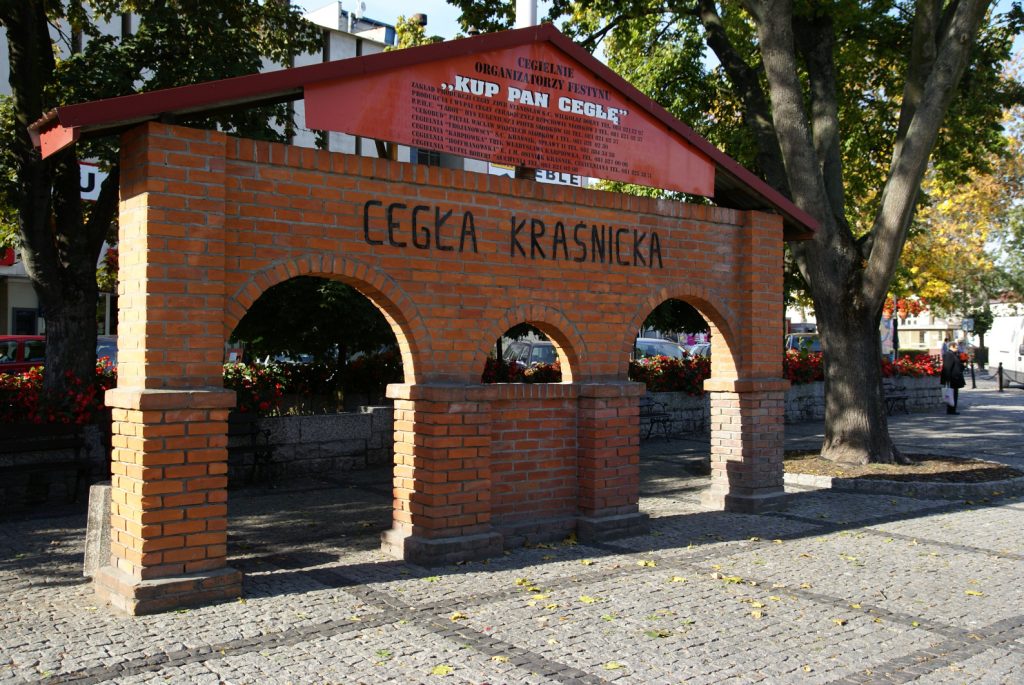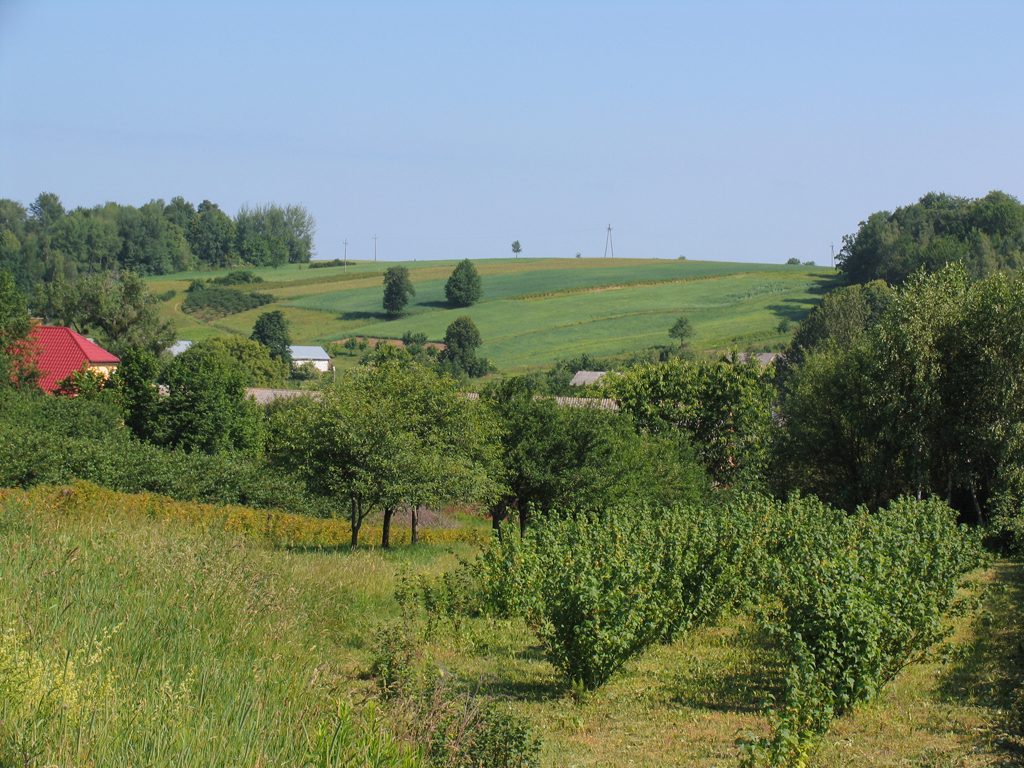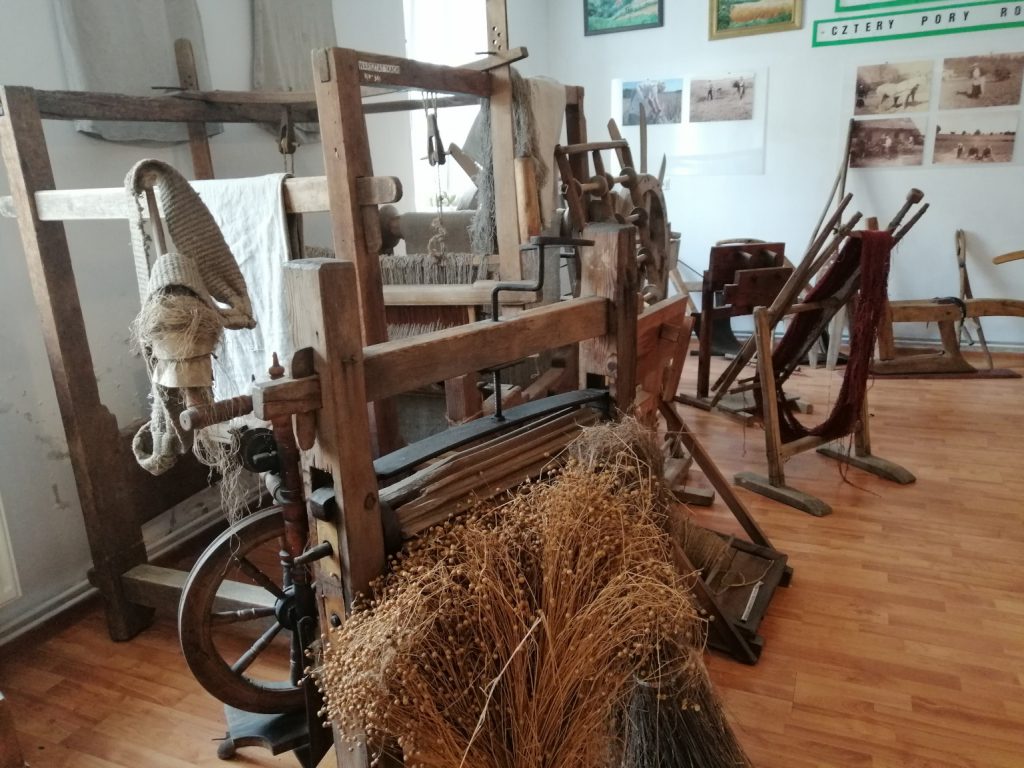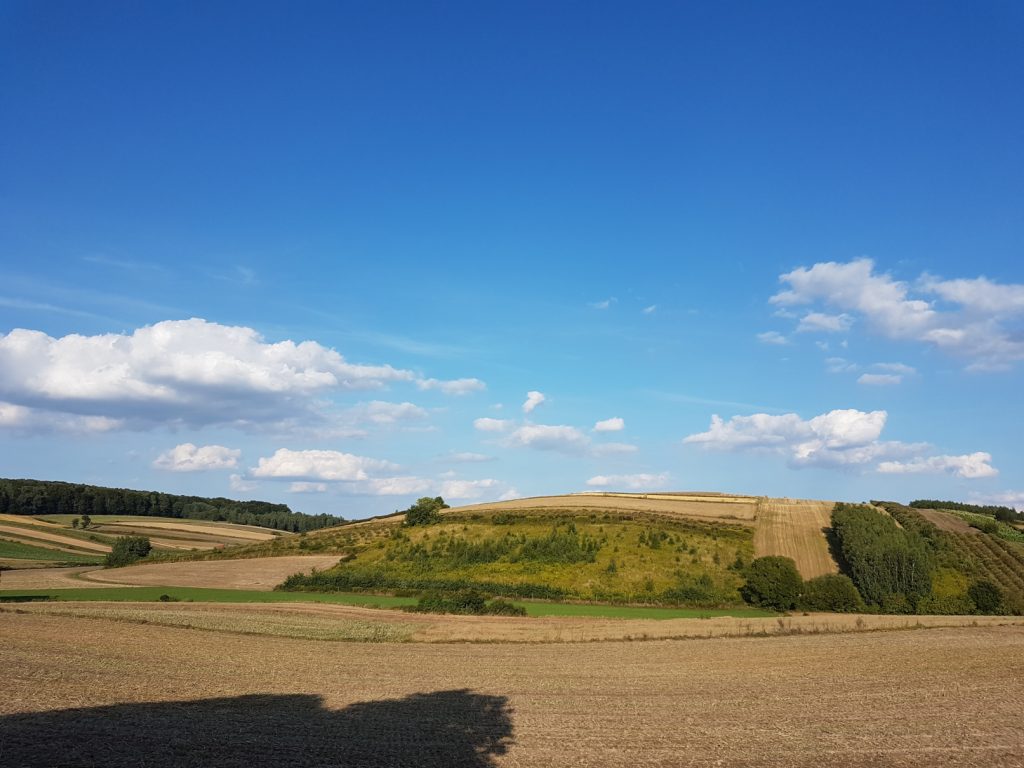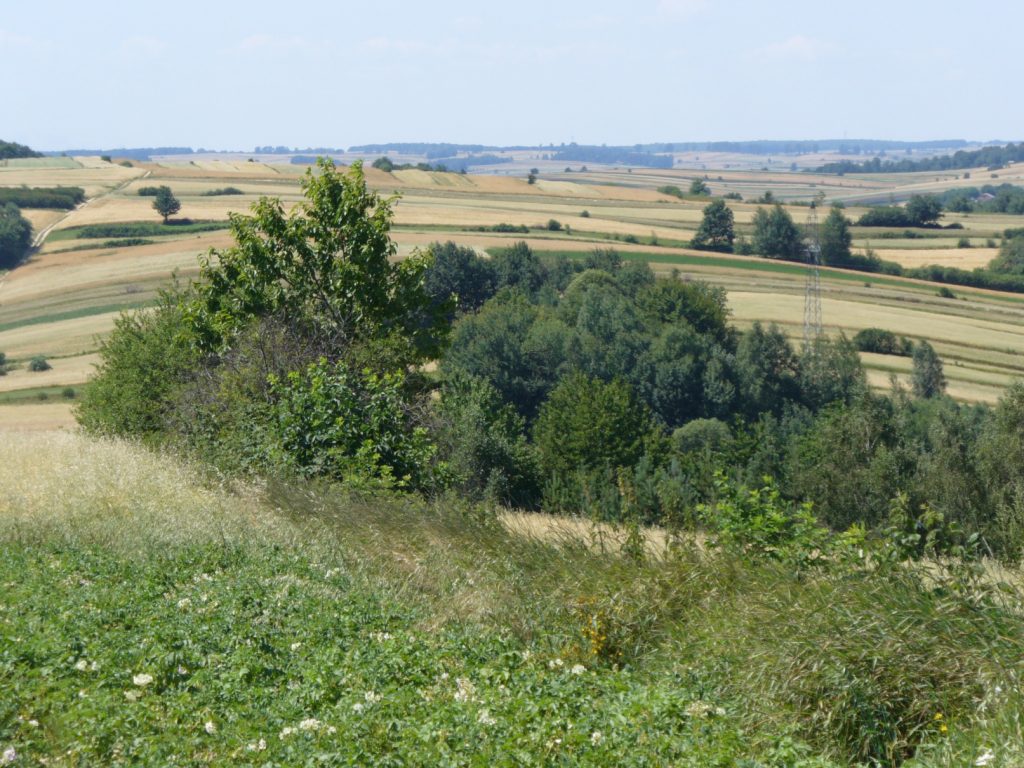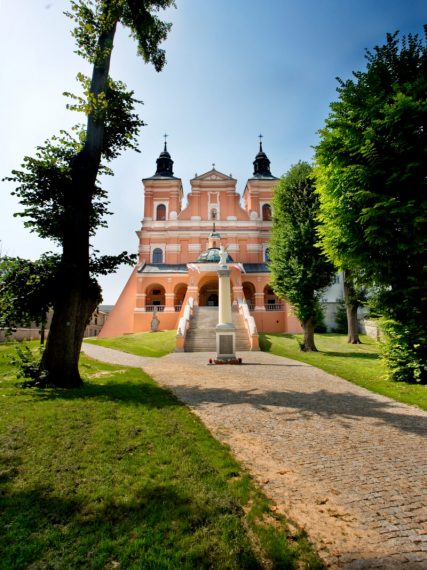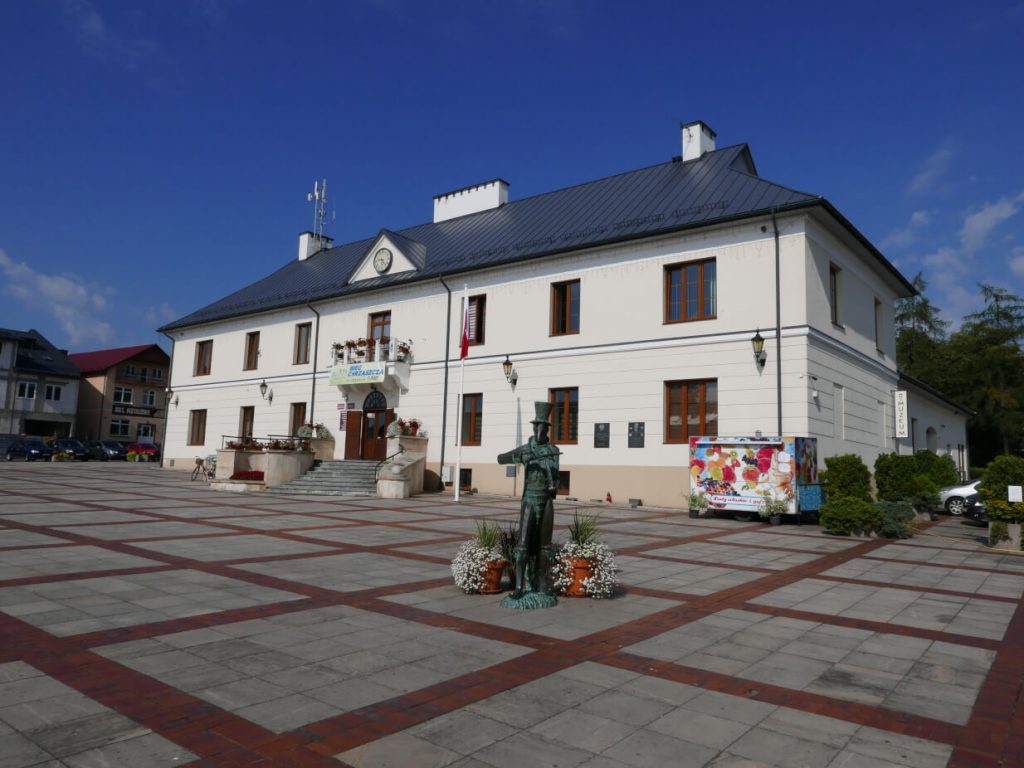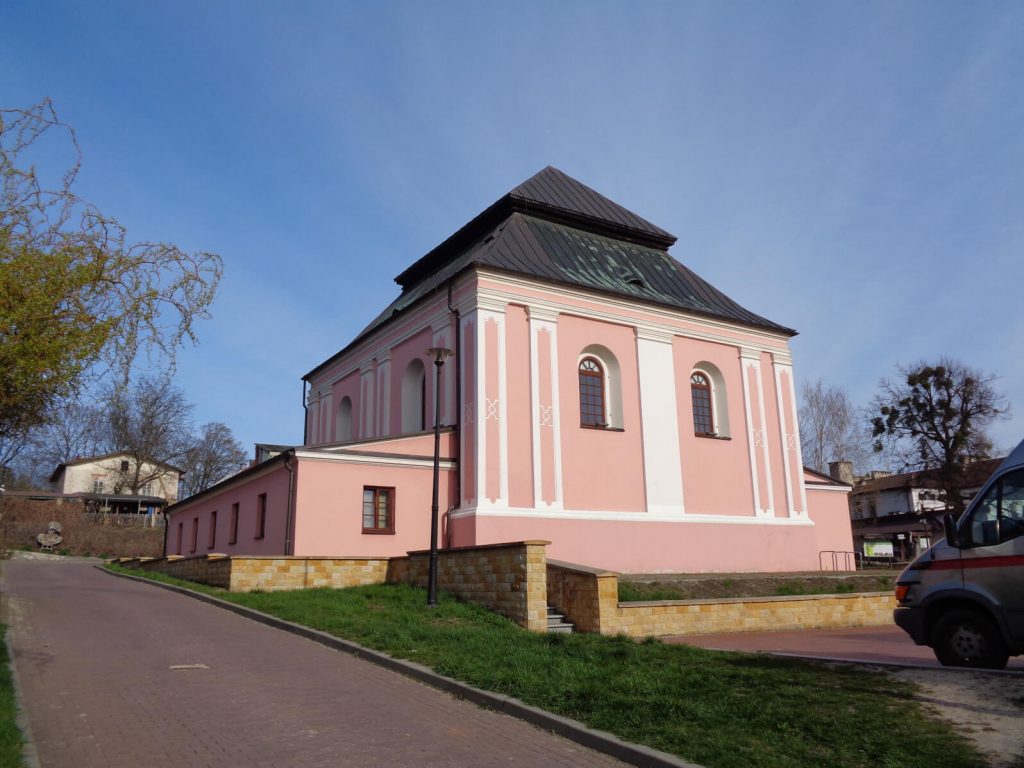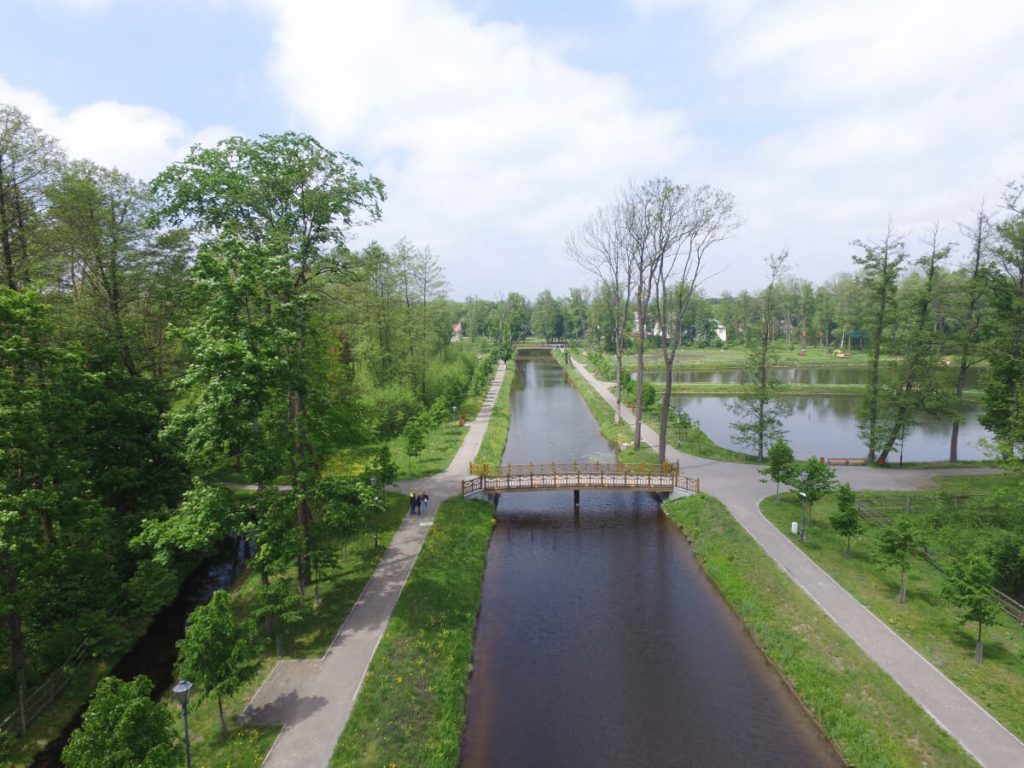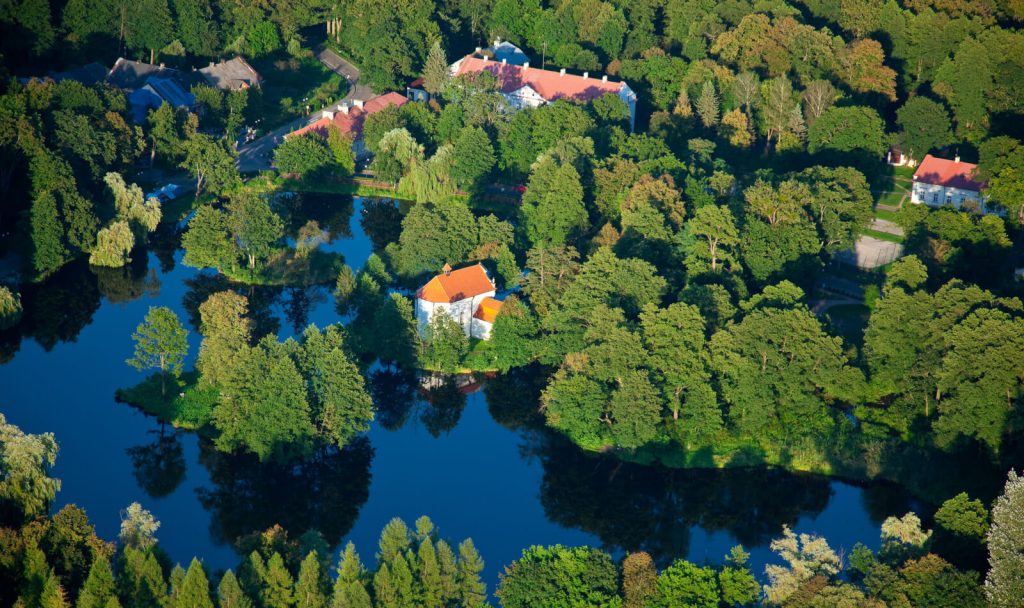Stage I
Kraśnik-Zwierzyniec
Stage I of The Roztocze Main Cycling Route runs through Western Roztocze, stretching from Kraśnik through Szczebrzeszyn and Zwierzyniec. The area is covered with a thick layer of loess on Cretaceous limestone and features numerous long and deep ravines with oak-hornbeam forests growing on their slopes.
Worth to see
Kraśnik
The Regional Museum (and its branch – the 24th Cavalry Regiment Museum); the Late Gothic parish church of the Assumption of the Blessed Virgin Mary with historic interior design and adjacent Baroque monastery buildings; the historic urban layout with the market square and street layout; the Baroque hospital church of the Holy Spirit and wooden buildings belonging to the hospital; castle hills (the place where the 17th century castle of the Zamoyski family was once located) with preserved outlines of moats and two synagogues from the 17th and 18th centuries
Stróża
The Baroque chapel of the Holy Trinity, erected in 1766–67 on a triangular plan on a picturesque hill located in the Wyżnica valley
Kraśnicki Obszar Chronionego Krajobrazu
One of the most valuable areas in the Lublin region in terms of nature. Forty two rare and very rare vascular plant species and interesting plant communities (lime-hornbeam-oak forests and fir woods at the localities outside their natural range) have been found here. Faunistic values of the area are also highly rated due great species richness and heterogeneity of habitats
Okolice Szastarki i Błażka
The area is one of the largest waterless areas in Poland (the distance to the nearest river exceeds 6 km)
Batorz
The Regional Chamber (next to the Municipal Cultural Centre) with geological and ethnographic collections; the parish church of St Stanislaus the Bishop, erected in 1881–83 in the place of a wooden church dating back to 1707 (the main altar is decorated with the painting of the patron saint of the church painted in 1891 by W. Gerson and the polychrome made in 1929 by Paweł Pałka); the monument in front of the church dedicated to those who died during World War II; the obelisk and the mound in forest in honour of Marcin Borelowski “Lelewel”
Zdziłowice
One of the oldest villages in Western Roztocze belonging to the Batorz demesne of the Zamoyski Family Fee Tail; referred to in 1377 in a royal document granting Batorz’s estate to Dymitr of Goraj – historic wooden construction
Otrocz
One of the few villages with natural surface water bodies (ponds whose genesis is associated with suffosion processes)
Roztoczański Obszar Chronionego Krajobrazu
Created in 1996 over an area of 20,000 ha, covers valuable (in terms of nature and landscape) loess areas of Western Roztocze
Goraj
The historic church of St Bartholomew, built in 1779–1782
Radecznica
The Bernardine monastery complex with the church of St Anthony of Padua, constructed in 1684–1693; the socalled “St Anthony’s forest” park; the cemetery with brick chapels; monumental lime, oak and maple trees and St Anthony’s wooden chapel “on the island” built in 1824
Szczebrzeszyn
The parish church of St Nicolas, dating back to the early 17th century;the 17th century three-nave church of St Catherine; St Leonard’s chapel (located in the cemetery); the 16th century Uniate church of the Dormition of the Mother of God;the former synagogue (now a community center); the Jewish cemetery with ca. 380 headstones (the oldest matzevah dates back to the 18th century); the town hall from 1830; the water mill and the monument of a beetle
Zwierzyniec
The Baroque church of St John of Nepomuk, built in 1741–1747 (referred to as „church on the island”); the urban park and the memorial stone erected in 1711 to commemorate the locust plague; the former residence of the plenipotentiary built in 1890 (the registered office of RNP); buildings of the former board of the Zamoyski Family Fee Tail (19th century) and the brewery built in 1802–1804


